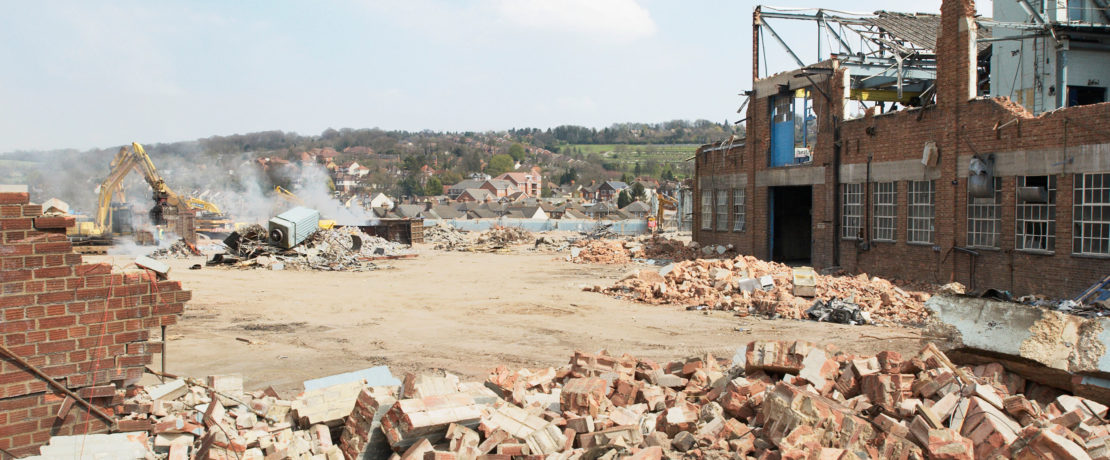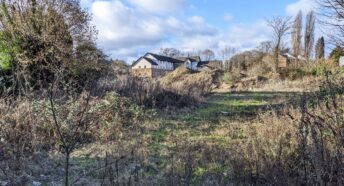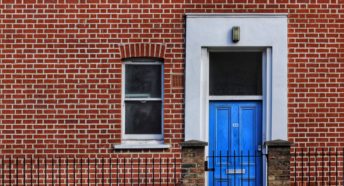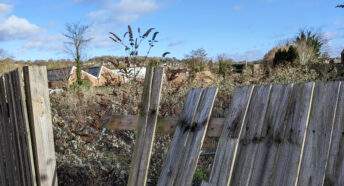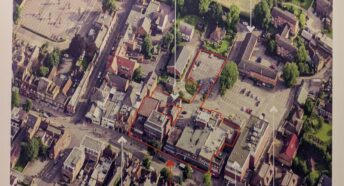Brownfield – space for 20,436 homes on recycled land in Hertfordshire
Both locally in Hertfordshire and nationally across England, there continues to be massive unrealised opportunity to develop new housing on brownfield land.
There are now more identified brownfield sites, covering more hectares, than last year – this is the good news. But there is no apparent improvement in building out those sites with planning permission. Across Hertfordshire, permission is currently in place for 7,557 new homes on brownfield land that still haven’t been built. Instead, we keep seeing new planning applications for greenfield sites.
The ‘State of Brownfield’ across England
CPRE’s latest report on the state of brownfield in England has found – yet again – that the number of new homes that could be built on brownfield land remains high. There is enough previously developed land to accommodate over 1.2 million additional new homes. And more than half a million of these new homes have planning permission and are still waiting to be built.
Our report looked at local councils’ registers of brownfield land and found that over 1.2 million homes could be built on 23,000 sites covering more than 27,000 hectares of previously developed land. Just 45% of available housing units have been granted planning permission and 550,000 homes with planning permission are still awaiting development.
It is clear that these sites are not being prioritised. Instead, housing developers continue to target the countryside’s green fields, even as they become more important than ever for growing our food, reversing the loss of biodiversity, and mitigating climate change.
Our State of Brownfield 2022 report provides the details of our research.
What’s the brownfield situation locally?
Here in Hertfordshire, the most recent Brownfield Land Register data from the ten Local Authorities shows there is space for 20,436 homes on previously developed land.
The 2022 data shows an increase from 2021 in both the number of brownfield sites identified and the total hectares available. Currently 373 sites are listed, covering over 442 hectares of land. This is up from 338 sites covering 350 hectares in 2021.
What’s more, 179 of these 373 sites currently have planning permission for 7,557 dwellings, well up from the figures in 2021.
The summary data by local authority is shown below, and you can see the detail of how it compares with previous years.
We think it’s good news that local councils and landowners are identifying and bringing forward more brownfield sites for redevelopment. But it’s very concerning that development of these sites doesn’t seem to be going ahead, even when planning permission is in place.
| Local authority | Last updated (as of Nov 2022)
|
Total No. Sites | Total No. Hectares | Total Minimum Dwellings (Net) |
| Broxbourne | Mar 19 | 31 | 41.91 | 2838 |
| Dacorum | Oct 21 | 40 | 71.92 | 2954 |
| East Hertfordshire | Dec 17 | 27 | 34.51 | 1334 |
| Hertsmere | Jun 22 | 84 | 110.72 | 2074 |
| North Hertfordshire | Dec 21 | 16 | 21.72 | 783 |
| St Albans City & District | Dec 21 | 25 | 30.05 | 1173 |
| Stevenage | Dec 18 | 23 | 26.20 | 3994 |
| Three Rivers | Dec 21 | 56 | 48.89 | 1228 |
| Watford | Dec 18 | 7 | 2.07 | 71 |
| Welwyn Hatfield | Oct 20 | 64 | 54.49 | 3987 |
| Total | 373 | 442.48 | 20436 |
We are calling on all Hertfordshire local authorities to ensure these sites are developed, with the right homes for local people’s needs, before building on green fields and in the countryside.
Our recommendations for building on brownfield first
CPRE’s latest state of brownfield report calls for a range of measures to protect green fields, farmland and countryside, while boosting the development of social and truly affordable homes where it is most needed. Previous research has shown that development of the highest quality farmland has soared 100-fold in 10 years – while brownfield sites wait for regeneration. Meanwhile, the demand for social housing is growing six times faster than the rate of supply in rural areas. At current rates, the backlog of low-income families needing accommodation would take over 120 years to clear.
We specifically recommend that government makes the following changes in national planning policy.
Codify stronger prioritisation of brownfield versus greenfield development
Clear policies in the new National Planning Policy Framework (NPPF), expected in 2023, need to prioritise the use of brownfield land over greenfield. This should include a firm presumption against giving planning permission for greenfield sites for development if those sites are not allocated in local plans. It should also include only allocating greenfield sites in local plans if sites are primarily for affordable homes for local needs, or where evidence shows that as much use as possible is already being made of brownfield land.
Reform the New Homes Bonus to support brownfield development
The New Homes Bonus should be reformed so it is only paid out to support either development of brownfield land and/or additional affordable homes for people on average local incomes or below.
Set the Infrastructure Levy to properly incentivise brownfield development
The Infrastructure Levy should be set at a much higher rate on greenfield land compared to brownfield, in order to reflect the high costs of greenfield development to local communities.
Create stronger mechanisms to ensure brownfield sites are actually built out
Provide local communities with stronger mechanisms to bring brownfield land forward as a source of land supply, such as increased compulsory purchase powers. Local authorities should also have increased control of the order in which development land is built on so that suitable brownfield sites are developed first.
Read the full report State of Brownfield 2022.
Help us support brownfield development and save green fields
Want to help us keep the pressure on the government to introduce these sustainable solutions? Please join us, or make a one-off or regular donation.
And please sign up below for our newsletter, to keep up to date with all of our work. Your support is greatly appreciated and can make a real difference.
If you’d like to get involved in a more practical way, take a look at our Brownfield toolkit. The toolkit is designed to help you tell your local council about vacant sites. It’s an easy way to help make sure suitable land is constantly being added to Brownfield Land Registers. Why not see what wasted spaces could be regenerated in your area?
